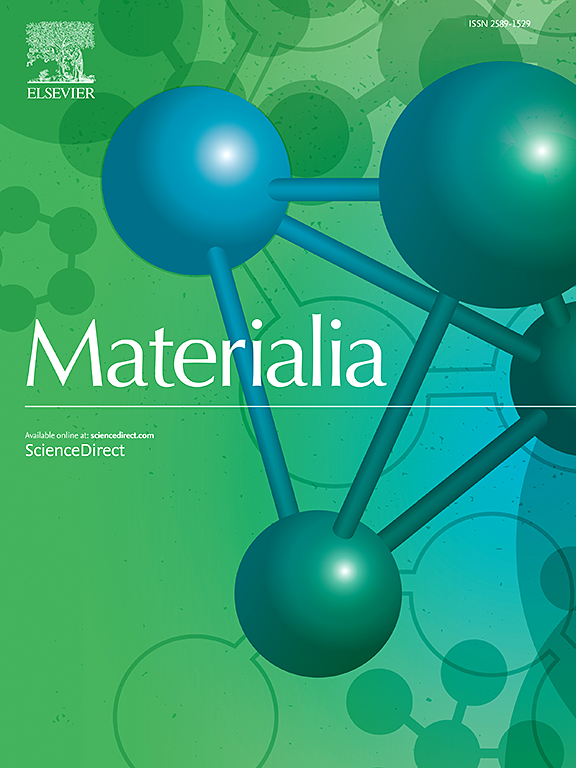增强掺锆二氧化铀的辐射损伤耐受性
IF 3
Q2 MATERIALS SCIENCE, MULTIDISCIPLINARY
引用次数: 0
摘要
本研究通过实验和理论相结合的方法,探讨了掺杂四价锆对二氧化钛辐射行为的影响。利用 X 射线衍射和拉曼光谱对二氧化钛中掺入的锆的内在变化进行了量化,结果表明晶格体积缩小并形成了 ZrO8 型簇。在类似于核燃料中裂变产物弹道机制的条件下,对未掺杂和掺杂的二氧化铀进行了重离子辐照。通过经验数据和 DTF+U 模拟发现,掺杂 Zr 改变了辐照引起的缺陷机制,使重组途径成为可能,从而使二氧化铀晶格迅速恢复。本文讨论了掺杂剂在改变辐照损伤动力学中作用的基本机制,以及与核燃料相关的萤石结构材料的后续演变。本文章由计算机程序翻译,如有差异,请以英文原文为准。

Enhanced radiation damage tolerance in Zr-doped UO2
This study explores the effect of tetravalent Zr doping on the radiation behaviour of UO2 through a combination of experimental and theoretical approaches. The intrinsic changes that Zr introduces in UO2 were quantified using X-ray diffraction and Raman spectroscopy, which reveal a shrinkage of the lattice volume and the formation of ZrO8-type clusters. Heavy-ion irradiation was carried out on both undoped and doped UO2 under conditions similar to the ballistic regime of fission products in nuclear fuels. Empirical data, together with DTF+U simulations, found that Zr doping modifies the irradiation-induced defect mechanisms by enabling recombination pathways, allowing a rapid recovery of the UO2 lattice. The fundamental mechanisms involving the role of dopant in modifying the radiation damage kinetics are discussed in this paper, as well as the subsequent evolution in fluorite-structured materials relevant to nuclear fuels.
求助全文
通过发布文献求助,成功后即可免费获取论文全文。
去求助
来源期刊

Materialia
MATERIALS SCIENCE, MULTIDISCIPLINARY-
CiteScore
6.40
自引率
2.90%
发文量
345
审稿时长
36 days
期刊介绍:
Materialia is a multidisciplinary journal of materials science and engineering that publishes original peer-reviewed research articles. Articles in Materialia advance the understanding of the relationship between processing, structure, property, and function of materials.
Materialia publishes full-length research articles, review articles, and letters (short communications). In addition to receiving direct submissions, Materialia also accepts transfers from Acta Materialia, Inc. partner journals. Materialia offers authors the choice to publish on an open access model (with author fee), or on a subscription model (with no author fee).
 求助内容:
求助内容: 应助结果提醒方式:
应助结果提醒方式:


